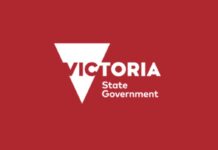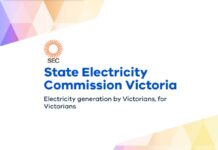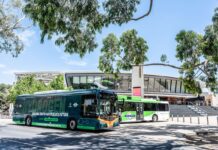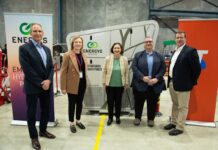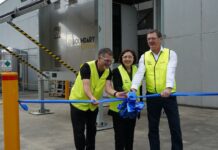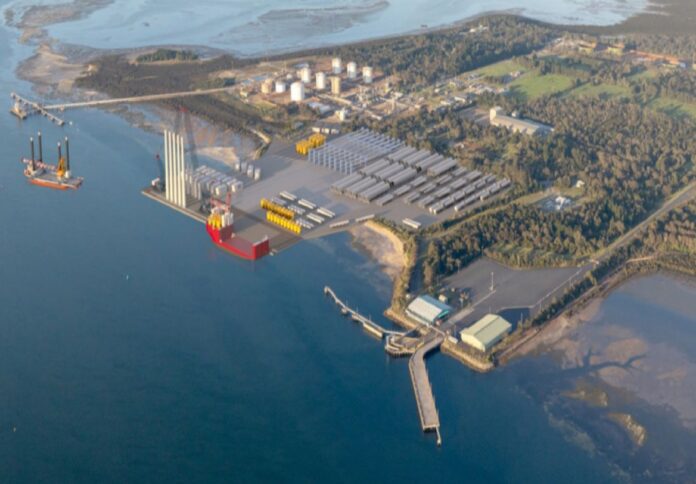
Minister for Energy and Resources Lily D’Ambrosio has released the Victorian Offshore Wind Energy Implementation Statement 2, which outlines how Victoria will leverage industry-led investment in offshore wind for the first tranche of projects that will deliver at least 2 gigawatts (GW) by 2032.
The Andrews Labor Government said the strategy formally establishes the Port of Hastings as the site of the Victorian Renewable Energy Terminal.
The terminal will be able to process turbines with a maximum output of 18 megawatts, supply wind construction up to 1 GW annually, and simultaneously service numerous offshore wind developments, the government said in a media release.
The terminal will also go through an extensive Environment Impact Statement (EES) that will allow the public to submit comments that will be taken into account before the project is advanced.
The strategy also includes a proposed plan for a Renewable Energy Supply Chain Hub to be built near offshore wind development areas.
This infrastructure will serve as a catalyst for the development of new supply chain opportunities for renewable energy in Victoria.
In order to best develop competitive capabilities, Offshore Wind Energy Victoria (OWEV) will continue to interact with local companies looking to join the offshore wind energy supply chain as part of the plan.
A workforce development strategy for renewable energy will also get underway, with an emphasis on Gippsland, to determine the knowledge and expertise required to support the sector.
VicGrid will then take the lead in developing the offshore wind industry’s transmission infrastructure, according to the strategy.
By the end of the year, the government said it is anticipated to reveal the precise transmission connection point sites and route corridors in Gippsland and Portland after taking into account a variety of practical solutions.
This would minimize negative effects on nearby towns, the environment, and consumer costs while ensuring the timely delivery of transmission infrastructure to enable offshore wind.
“Victoria is paving the way for Australia’s first offshore wind farms, and this latest implementation statement will give industry the guidance they need to kickstart our first project,” Minister D’Ambrosio said.
She noted that offshore wind would produce over 6,000 jobs, generate billions of dollars in investment, and create less expensive, greener, more dependable power for all Victorians.
The first phase of offshore wind energy capacity will be procured by OWEV through a formal competitive procurement process in 2025.
In late 2023, Implementation Statement 3 will provide additional details.


